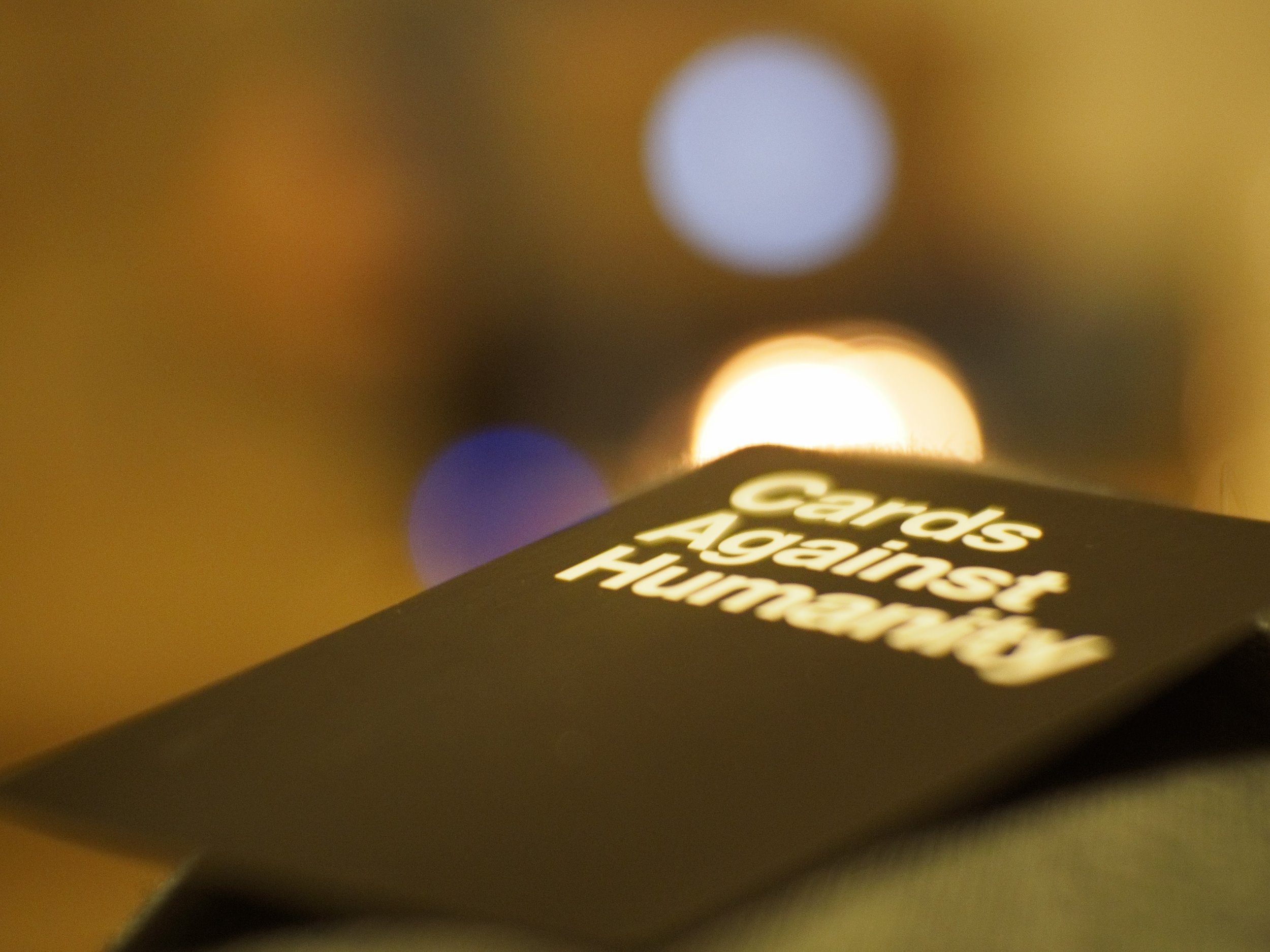Creative Thinking In A Time Of Social Distance

Social Distance
There’s is a long history of breakthrough creative thinking coming as a by-product of social distance. According to Susan Cain, author of Quiet: The Power of Introverts in a World That Can’t Stop Talking, brainstorming groups generate fewer ideas than the same number of solitary people working alone.
Still, most people tend to avoid isolation. It’s no surprise that we are so reluctant to spend time alone. Research shows that for many people spending time with themselves can be uncomfortable. One interesting study from the University of Virginia indicates that many people prefer giving themselves a painful electric shock to just sitting with their own thoughts for 15 minutes.
A TIME FOR CREATIVE THINKING
I keep hearing from different friends who are holed up in their homes, that they are experiencing accelerated creative output. If social media posts and memes are any indicators, we are in a creative boon! Yes, collaboration and shared experiences are crucial to creativity as well, but isolation helps us to limit the noise long enough to make sense of what we’ve taken in. It allows us to trim the mental fat, so to speak, to tune our psychic abilities on the pieces that we can influence or which will influence us.
You can get your best work done when you make time for constructive solitude. Even in isolation, If you are distracted by too many things, it pays to further disconnect. For best results, remove distractions. Turn off notifications. Or better still, turn off your phone or mobile devices and leverage silence to think or create. In other words, block out the external world and retreat inwards. Focusing on just one thing-without allowing distractions to intrude-can become your own form of sacred solitude.
SOCIAL DISTANCERS WHO CHANGED THE WORLD
In physics, Albert Einstein, Nicola Tesla, and Isaac Newton, three of the most significant creative contributors, worked almost entirely alone. They profited from other people’s ideas not in direct collaboration, but by reading research papers and books.
Albert Einstein cherished his moments of isolation, as he once shared: “Although I have a regular work schedule, I take time to go for long walks on the beach so that I can listen to what is going on inside my head. If my work isn’t going well, I lie down in the middle of a workday and gaze at the ceiling while I listen and visualize what goes on in my imagination.”
CHECK OUT OUR BEST SELLING JOURNALS
THE ORIGINAL CREATIVE THINKING GUIDED JOURNAL
THE ALL-AGES CREATIVE THINKING GUIDED JOURNAL
Nicola Tesla, one of the most important contributors to the birth of commercial electricity, exclaimed: “The mind is sharper and keener in seclusion and uninterrupted solitude. Originality thrives in seclusion free of outside influences beating upon us to cripple the creative mind. Be alone — that is the secret of invention: be alone, that is when ideas are born.”
In literature, isolation is a classic technique, and the most significant 20th-century writers, including poet Carl Sandburg, Nobel Laureate Thomas Mann, and acclaimed author Franz Kafka, receded from the word to think and create. Carl Sandberg, who won three Pulitzer Prizes, two for his poetry and another for a biography of Abraham Lincoln, shared, “One of the greatest necessities in America is to discover creative solitude.”
Franz Kafka, one of the most influential writers of the 20th century, offered this advice, “You need not leave your room. Remain sitting at your table and listen. You need not even listen, simply wait, just learn to become quiet, and still, and solitary. The world will freely offer itself to you to be unmasked. It has no choice; it will roll in ecstasy at your feet.”








